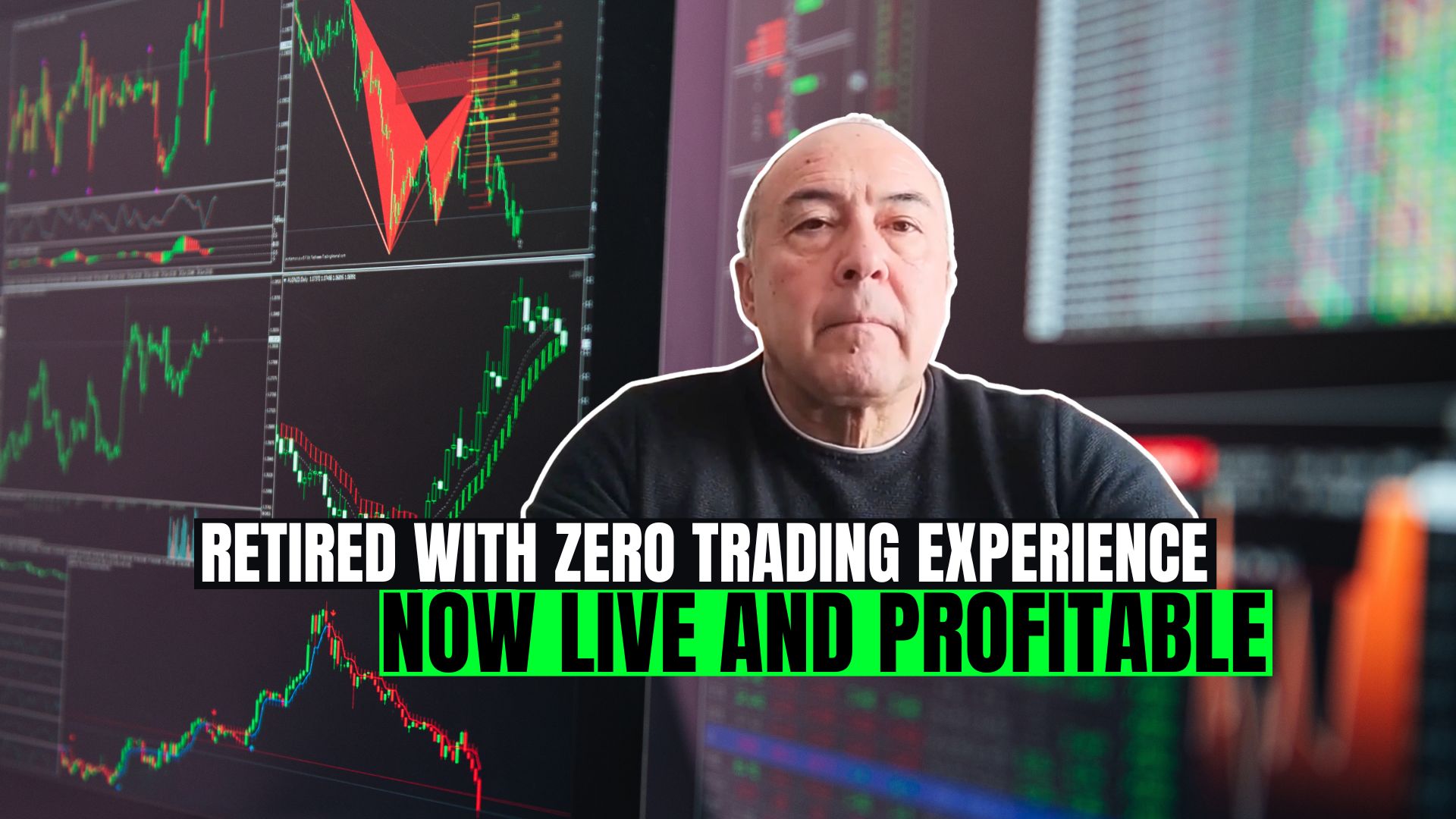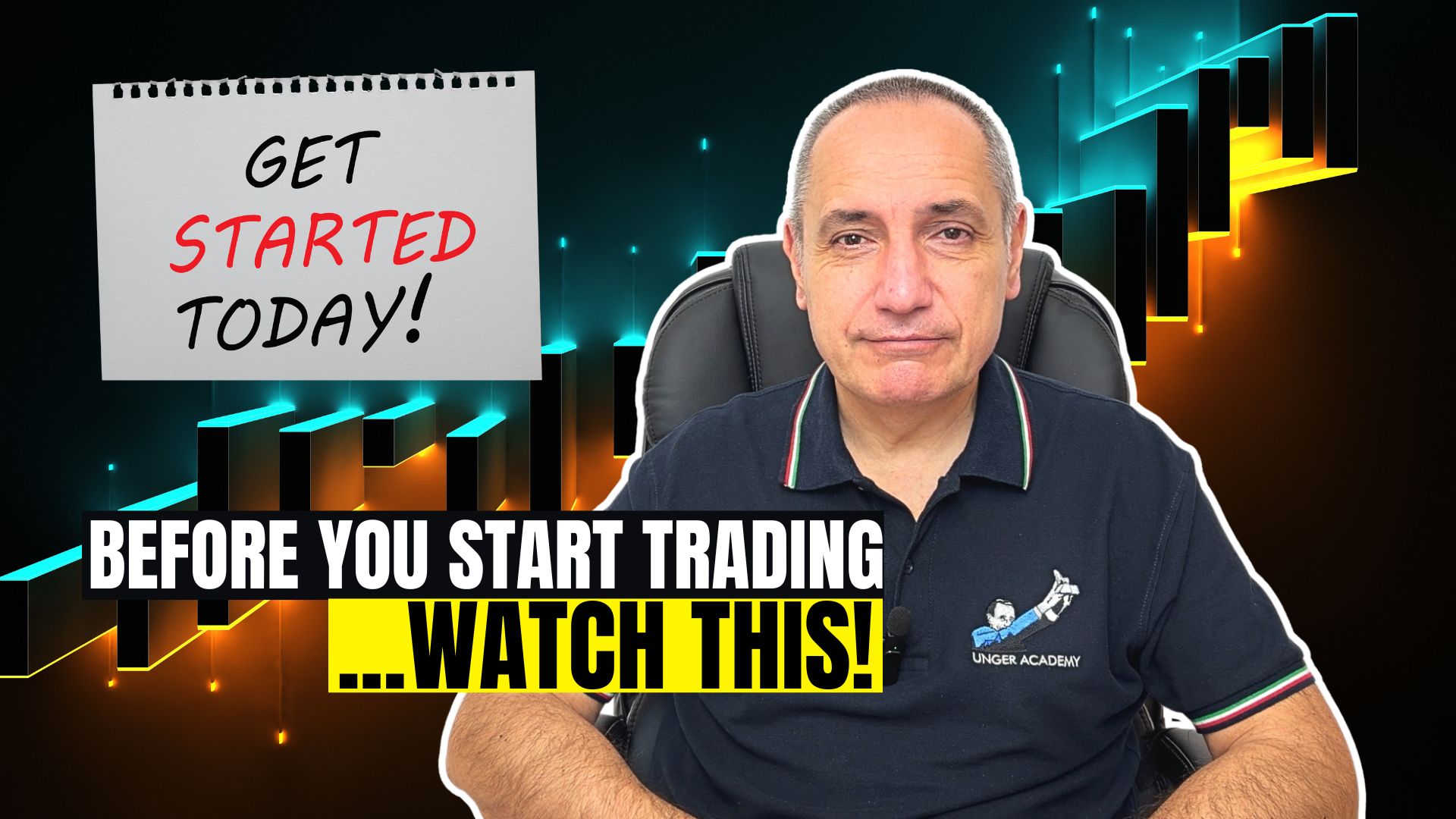Santa Claus Rally: What is it?
Every year, December brings an air of joy and magic.
Some feel it due to the festive atmosphere, others for the holidays, or perhaps the gifts under the tree, but there are also those who wait for December for a very different reason, an intriguing pattern in the stock markets.
I’m talking about the famous Santa Claus Rally.
In this video, we will explore together what it’s all about, why it garners so much attention, and how you can make the most of it.
What drives this trend?
Let’s start by understanding what it is. The Santa Claus Rally is a term describing a market phenomenon, often observed in the last days of December and first days of January, during which stock markets tend to perform positively.
But what lies behind this trend? The reasons are manifold, and among the most common, we find window dressing.
Window dressing is the act where institutional investors and fund managers buy well-performing assets to embellish their portfolios. In other words, they aim to improve the appearance of their portfolios in the eyes of investors.
However, beyond the motivations, what truly matters is understanding if this bullish effect actually exists, and if so, how we can best leverage it.
Let’s move to the chart to analyze first and foremost the behavior of the stock market in December.
Scripts and strategies
Okay, in this chart, you can see the Dow Jones industrial average from 1920. Let’s take a look at the script.
In this case, as you can see, there are only two conditions, one for entry and one for exit. If we are in December and the day of month is greater or equal than, in this case, 1, then we will buy next bar market. In other words, we will go long on the first available day of December.
For the exit, if we are in January and the day of month is, again, greater or equal than one, then we will sell next bar market.
We will use this strategy just to analyze the performance in December.
Strategy Properties
Another important thing is the properties of the strategy. As you can see, I set a cash per trade of 1 million. So, for each trade, we will use a trade size of $1 million. This is just for a better position sizing because actually the Dow Jones value is around 40K.
Let’s analyze the performances
Okay, now let’s take a look at the performance. This is the stock market behavior of December. As you can see, we have a pretty good equity line, but in this case, we can consider some outliers here in this part of the chart.
So, let’s take a look at the total trades and, as you can see, here we have a great outlier of around 200K. In the next step of the strategy, we can consider Dow Jones data from 1940.
How did trades perform during the 1929 crash?
Just because we want to remove the outliers, which refers to the 1929 crisis, the so-called the Great Depression. As we have seen, December is generally a very positive month for stock markets, making it plausible that this Santa Claus Rally really exists.
Optimizing the strategy’s entry and exit days
At this point, to confirm this hypothesis, we will optimize the entry and the exit days to find a sort of time window in which the market tends to show the best performance.
In other words, we will analyze which day in December might be the most advantageous to buy, taking advantage of the market’s rise, and which day in January is ideal to close the position.
For this analysis, as mentioned earlier, we will consider data starting from 1940 instead of 1920 Just to reduce the impact of the outliers from a century ago that could disturb the results.
Okay, so let’s optimize the entry date. We can optimize with a start value of one to an end value of, for example, 30. Let’s visualize this with a graph, and in this case, we have to consider that the green line is the net profit.
What is the strategy’s profit?
As you can see, we can make a greater net profit if we buy on the first trading day of December, but I think that is just because we can stay in a trade longer.
So, what I would like to consider are the values here, in this part of the chart. As you can see, if we buy on the day of month 14 or 15, we can reach great results.
So, in this case, let’s choose 14. Just because I don’t want to take the exact optimal value. Okay, now let’s optimize the exit date.
Analyzing the first days of January
Again, we can optimize it from a step value of one to an end value of 30, and let’s take a look at the graph. As you can see, if we exit on 30, we can reach a huge net profit, but that’s just because maybe there is an year where 30 January was on Saturday and the markets are closed on Saturday.
So, we stayed in the position for another year. That’s because, in this case, I will not consider this value, but looking on the left part of the chart, we can see that there are great values around sixth or seventh as a day exit.
Also in this case, we can choose, for example, 6. Again, just because I don’t want to take the exact optimal value. So, let’s choose 6. Now you can see that we stay in the trade just for two or three weeks.
What is the average yield of this Santa Claus Rally?
So, let’s take a look at the performance. As you can see, we have a great equity line. It looks like this Santa Claus Rally really exist.
Now, let’s take a look at the average trade of this strategy and as you can see, we have around 100 trades with a % profitable of around 76% and an average trade of 19,000.
What does this mean? This means that this pattern has produced a 1.9% return every year. Of course, if you consider the $1 million dollar trade size.
We can say that it’s not bad if you consider that we stay in the position for around 2-3 weeks.
Let’s recap
In summary, we have seen that the Santa Claus rally is a very positive pattern.
The rules are simple. Ideally buy on December 14 or the first trading day after that date and close the position on January sixth or again, the first trading day available.
In today’s example, we applied this strategy to an index which in itself is not tradable.
We did this to gather as much information as possible and to work on a larger statistical sample. That said, you can decide to take advantage of this pattern, for example, with an ETF or a stock market futures.
And as always, I remind you, if you are interested in these topics and want more information, you can find several useful links in the description. And I wish you good trading.







